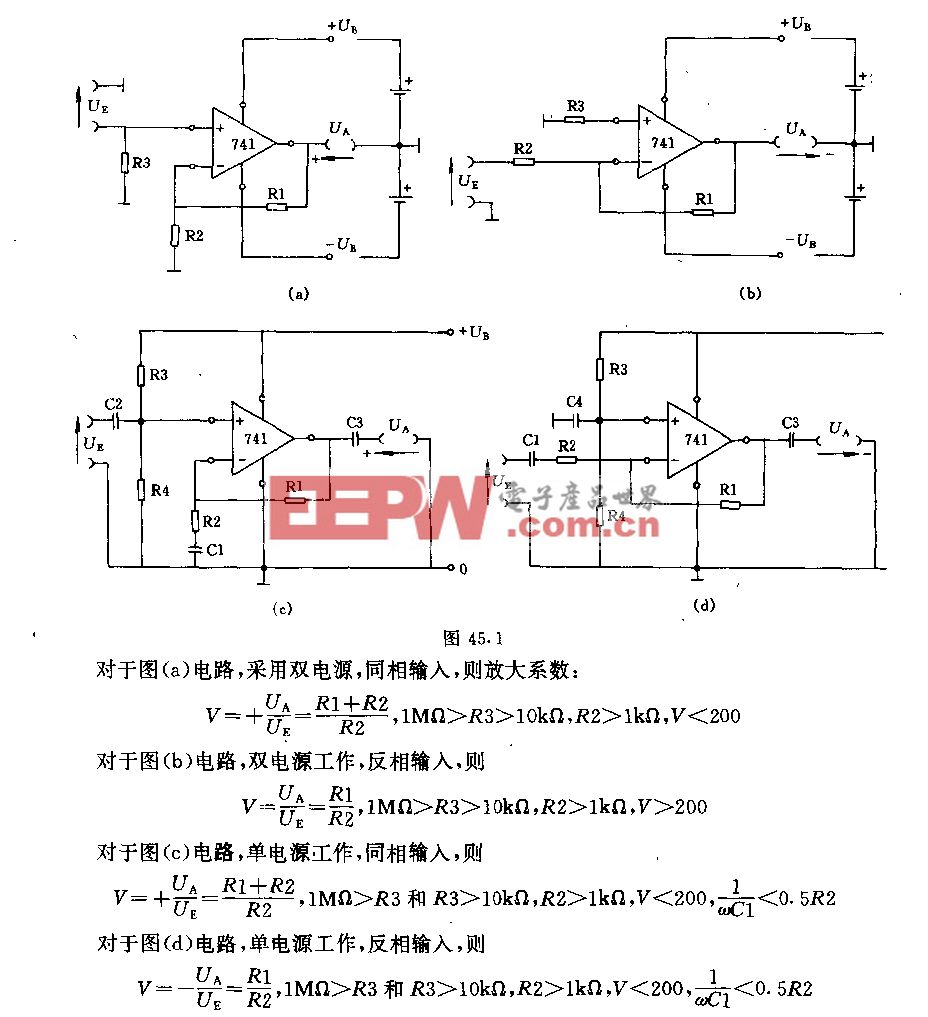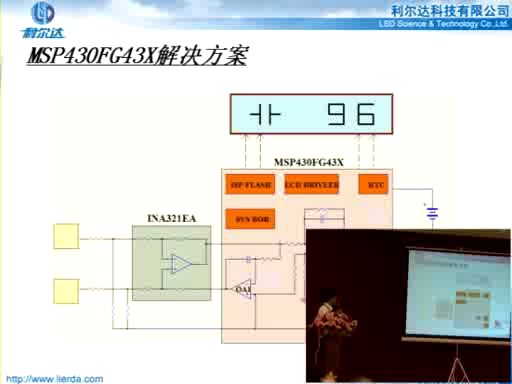数字控制正弦波发生器-Digitally Controlle
Figure 1. By removing harmonics from a square wave, this circuit generates an accurate and adjustable sine-wave output.
The 8th-order elliptic filter's sharp rolloff sharply reduces the harmonic amplitudes in a 1kHz square-wave input, thereby producing a near-perfect 1kHz sine wave at its output. Using divider-chain logic or a processor, you can then create a digitally adjustable sine-wave source by adjusting the clock and input frequencies while maintaining a ratio of 100:1 between them. For the microcontroller shown, software to implement this idea is available for download. (.asm, 4K)
To prevent clipping at the positive and negative peaks, attenuate the input signal and superimpose it on a dc level of VCC/2. The result (for a 5V input) is a 2.25V peak-to-peak output.
A similar version of this article appeared in the May 15, 2003 issue of EDN magazine.










评论